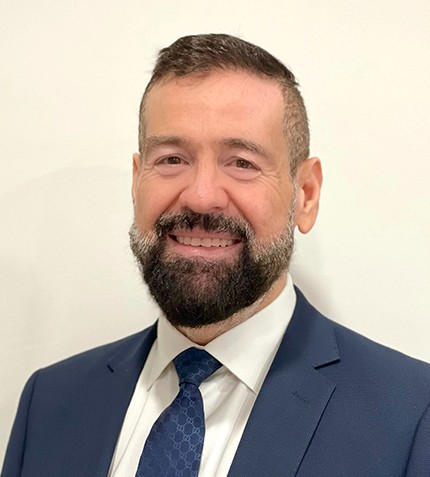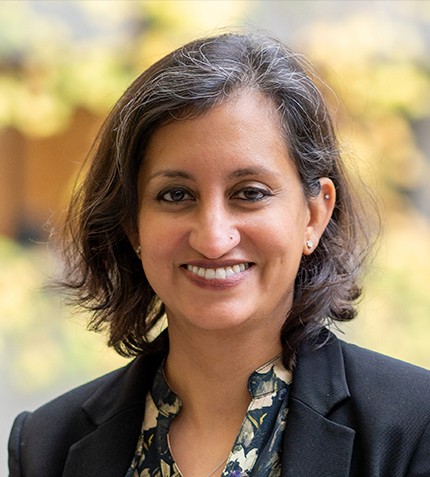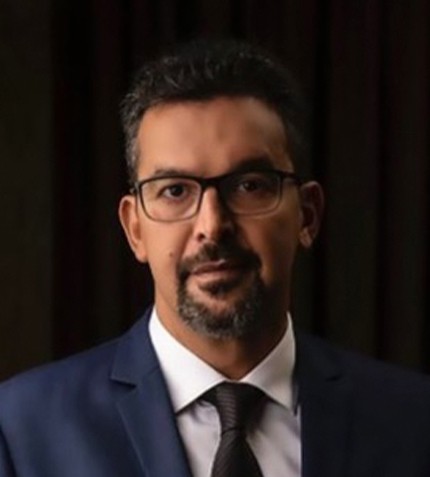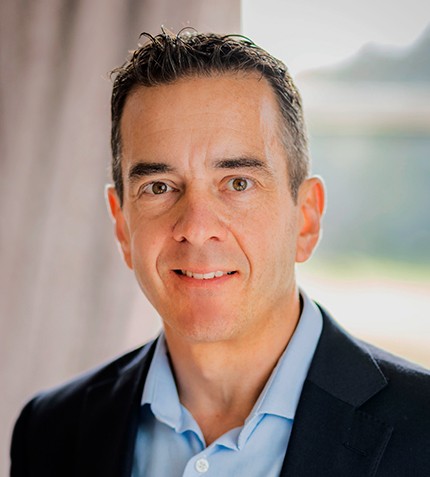
"Right now, we are looking at three main gold zones plus one polymetallic, and we intend to continue to expand and find new zones."
Victor Cantore
PRESIDENT & CEO, AMEX EXPLORATION
Can you provide an overview of Amex Exploration’s strategy over the past four years?
I got involved with Amex Exploration in late 2016, and we started financing the company in 2017. By the end of 2018, we had made a high-grade gold discovery on the Eastern Gold Zone. The Company then had a major discovery under its belt and we were able to complete a series of successful financings that enabled us to launch an aggressive 300,000 m drill campaign. We presently have 10 drills on the property as part of our drilling program, which is one of the largest of its kind in Canada’s mining industry. Our goal is to publish a NI-43-101 co pliant resource estimate in early 2022 followed by a PEA economic study. We are building value in Amex for its shareholders.
What are the geological characteristics of Perron, and what kind of work has been done on the property to date?
Amex is in a geological setting where there have been millions of ounces of gold produced. We are one of the first ones to make a gold discovery along the Chicobi Fault. Of particular interest to Amex is the type of rock where we are finding the gold mineralization; it’s a sodic rhyolite, which is very special. There are currently studies being conducted on why and how it contains such high grade gold. Our property package is about 45 km2 and it is called the Perron property. The goal of this large program is to start a resource calculation sometime at the end of 2021, and hopefully, in the first or second quarter of 2022 we should have sizeable a gold resource calculation.
Given Amex’s aggressive exploration program, are you able to find qualified workers to keep up with your growth ambitions?
Two years ago we had one drill, and we are now up to 10 drills today. One of the advantages we have is that we are right in the town of Normétal, and we are right where the infrastructure is. It is a small town, but 20 minutes away you have the town of La Sarre with 10,000 people and an airport. When it comes to staff, we are able to find skilled workers, many of whom come from the local community, and we are able to get housing at very reasonable costs.
What are your views on the M&A environment in the Abitibi region, and how might it affect the long-term valuation of Amex Exploration?
What is going to drive our story, and stories like ours is the price of gold. Gold peaked last year in August above US$2,000, and I believe that it will return to those highs. When you look at the world's economies and what is going on with monetary policy, it looks like inflation is going to be present. The only thing that could quell inflation is rising interest rates, but I do not believe central banks are going to let interest rates rise. What counts is going to be real rates, and if real rates are negative that is going to be positive for gold. This will attract more and more M&A activity, similar to what we are already starting to see in the Abitibi Region. For us, our plan is to drill and build up the biggest resource we can. After putting out the resource we intend to show all the blue sky that there is to continue to increase that resource.
We have barely scratched the surface here, as we have only explored 3.5 km of the 15 km of faults. Right now, we are looking at three main gold zones plus one polymetallic, and we intend to continue to expand and find new zones, just like the Eastern Gold Zone. As long as we continue to execute on our vision, our valuation will rise alongside our success.










